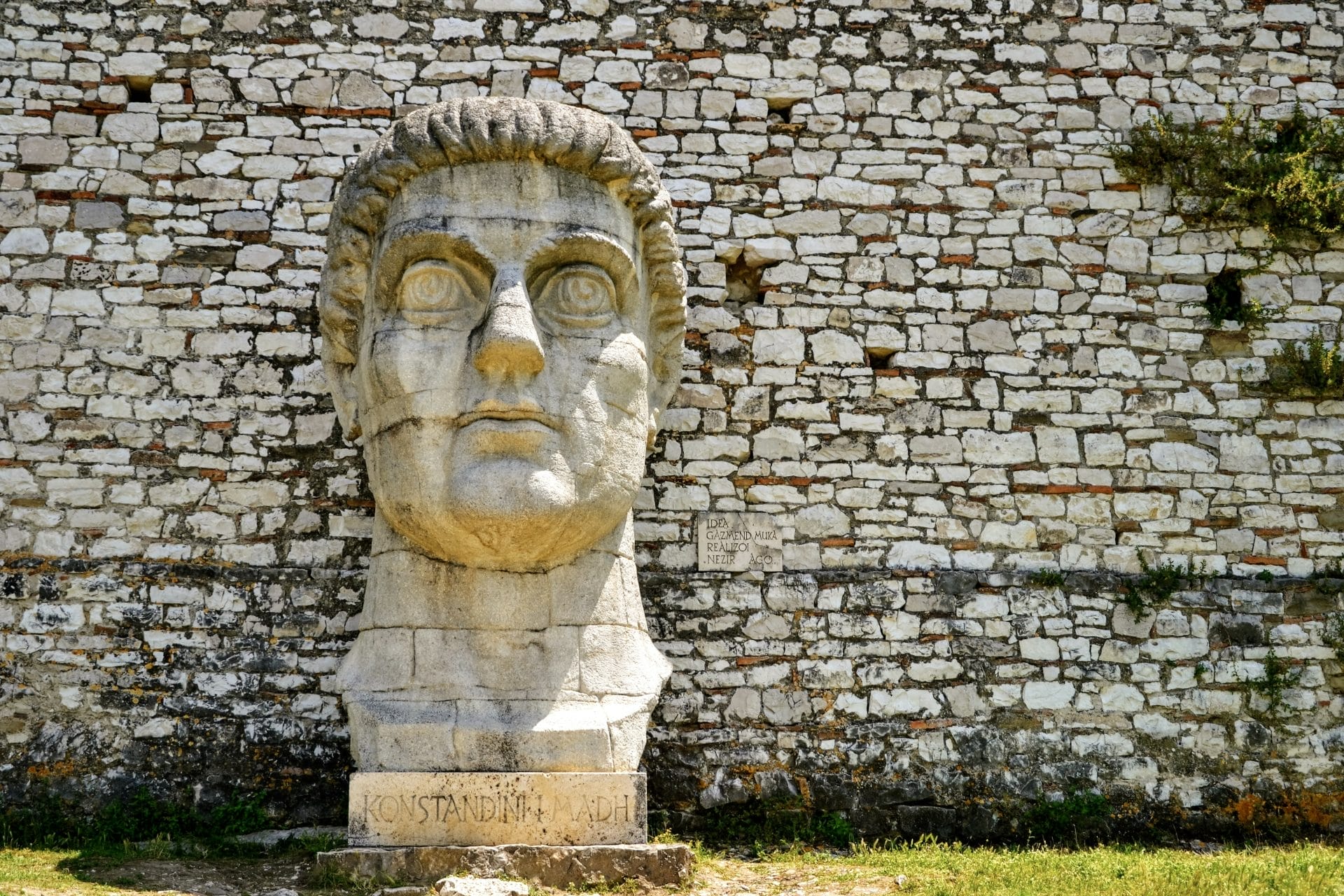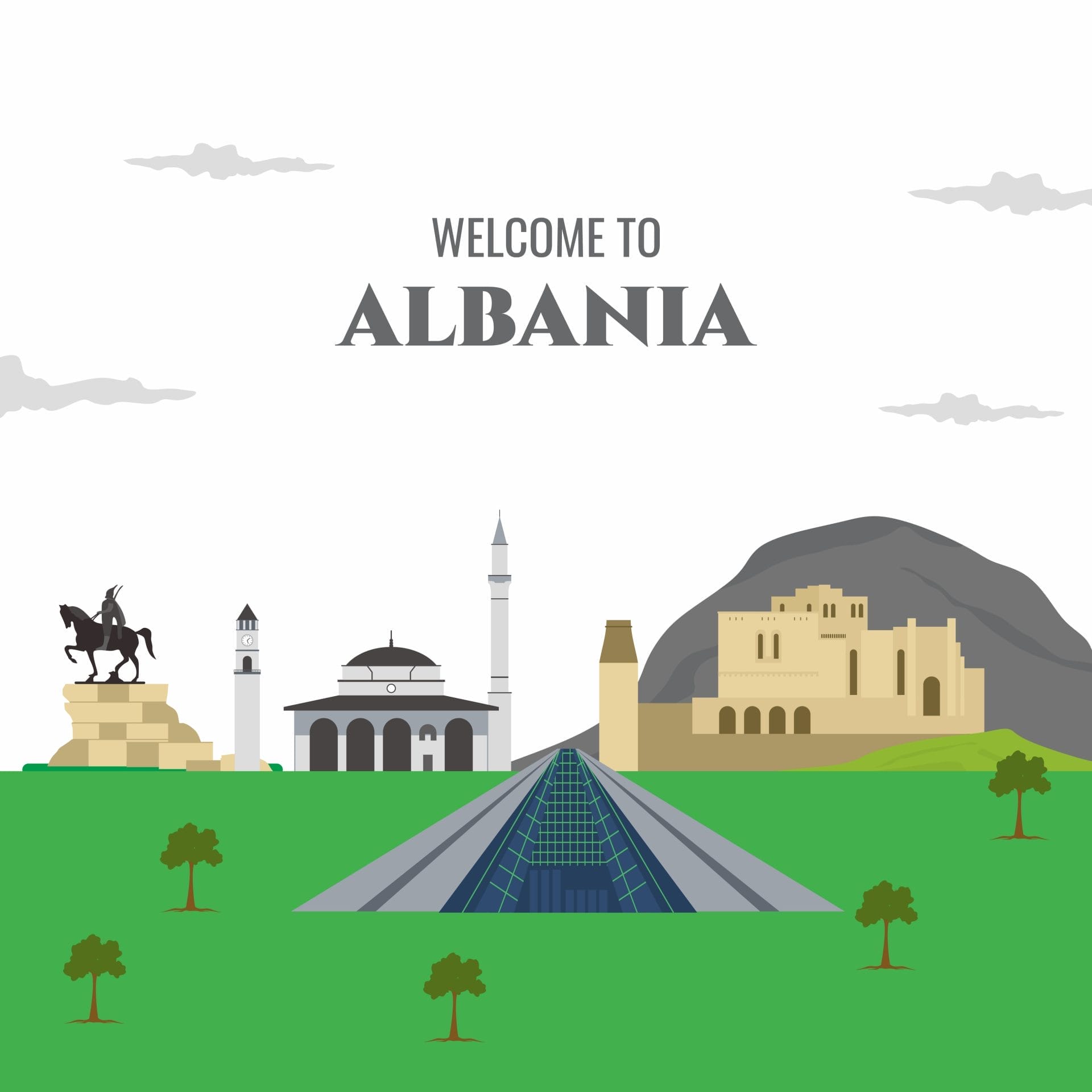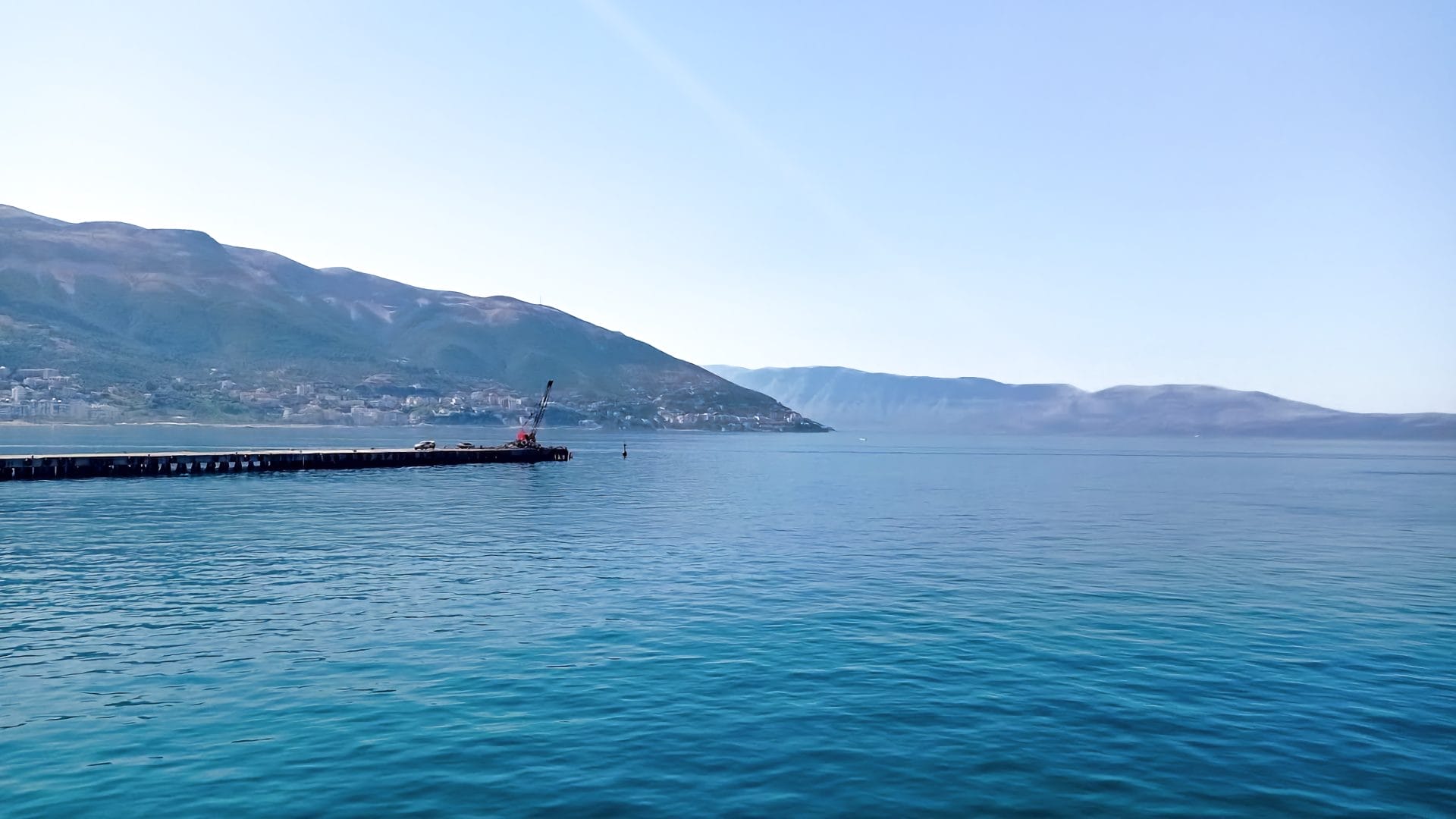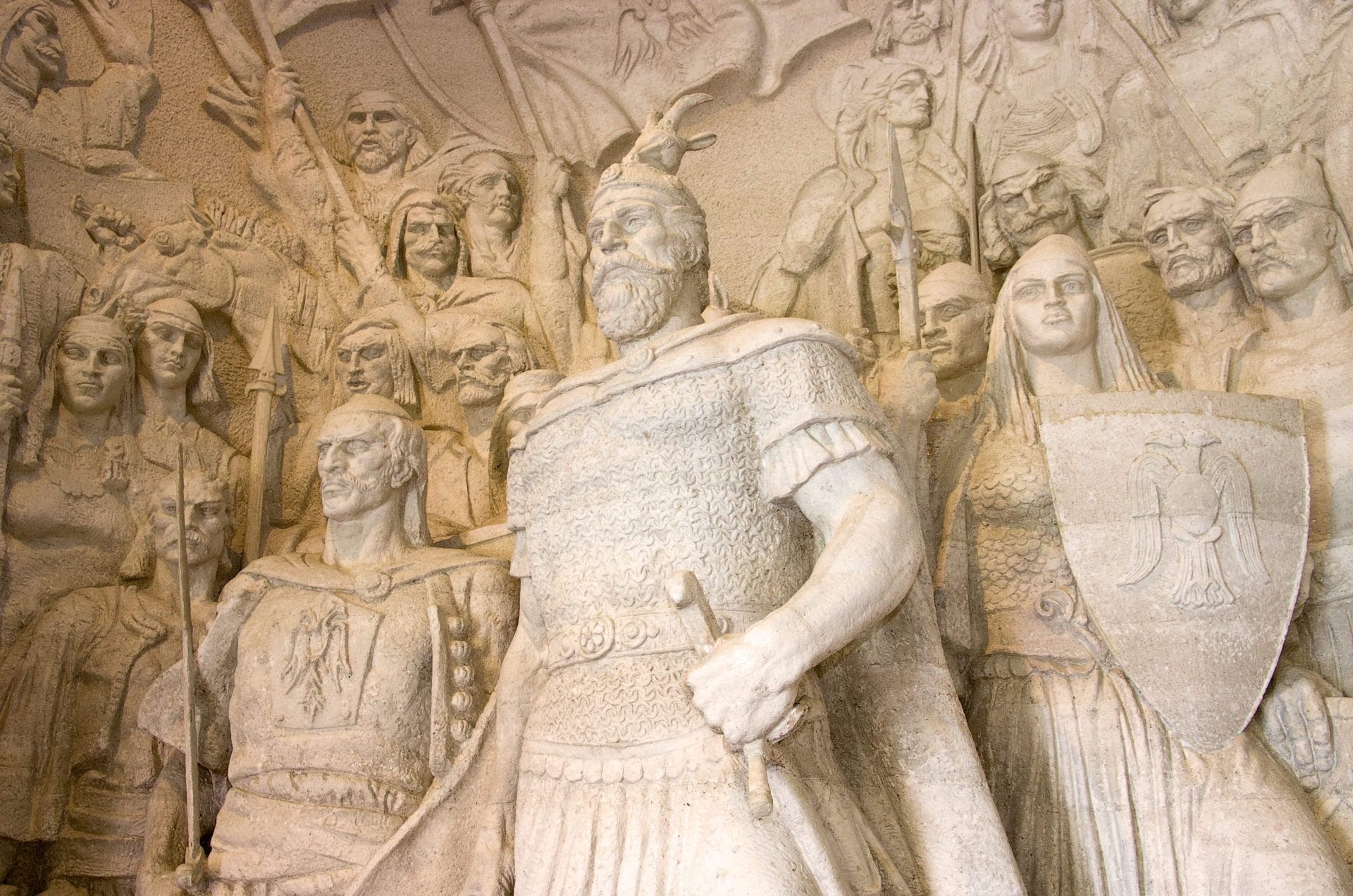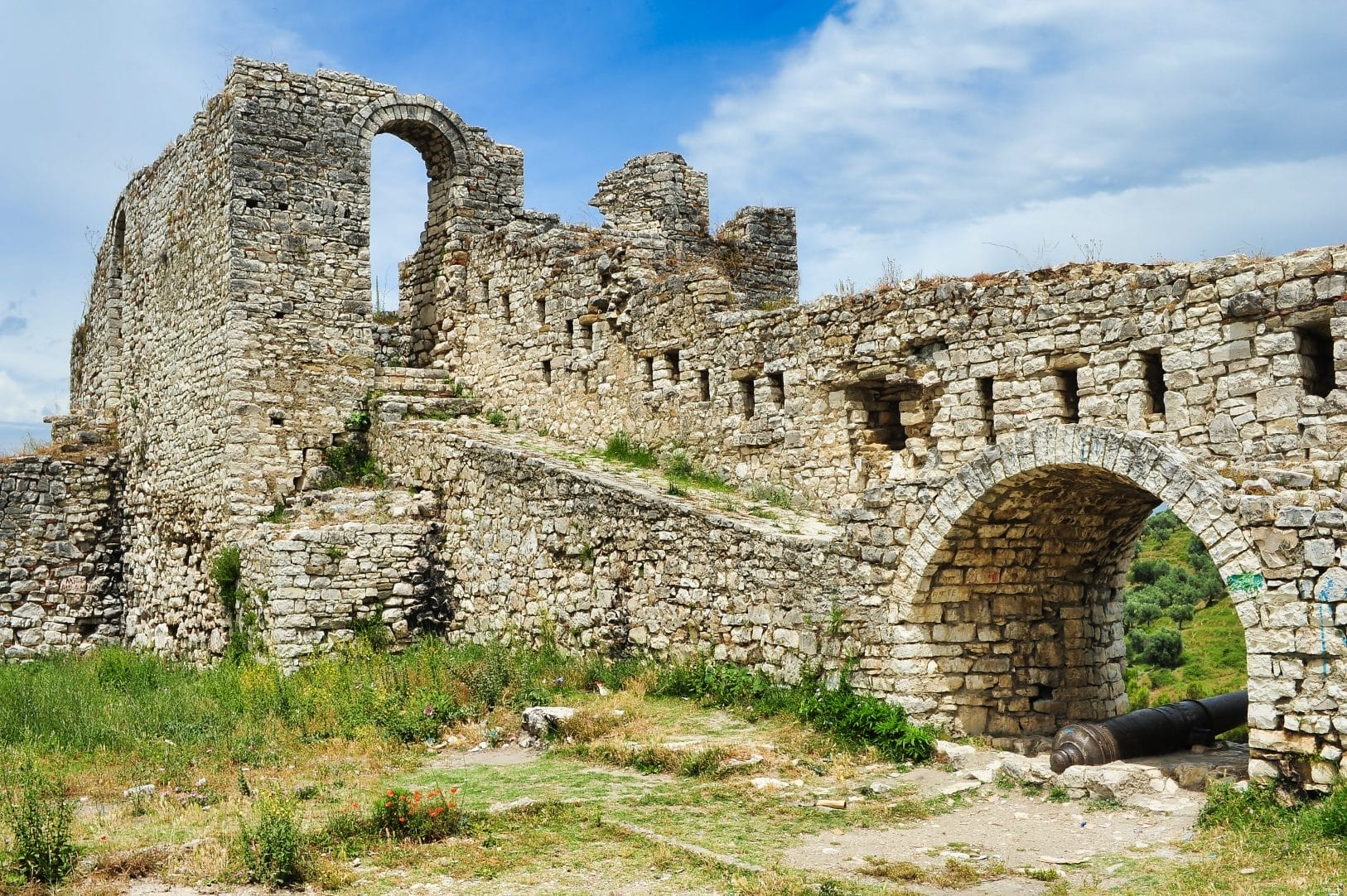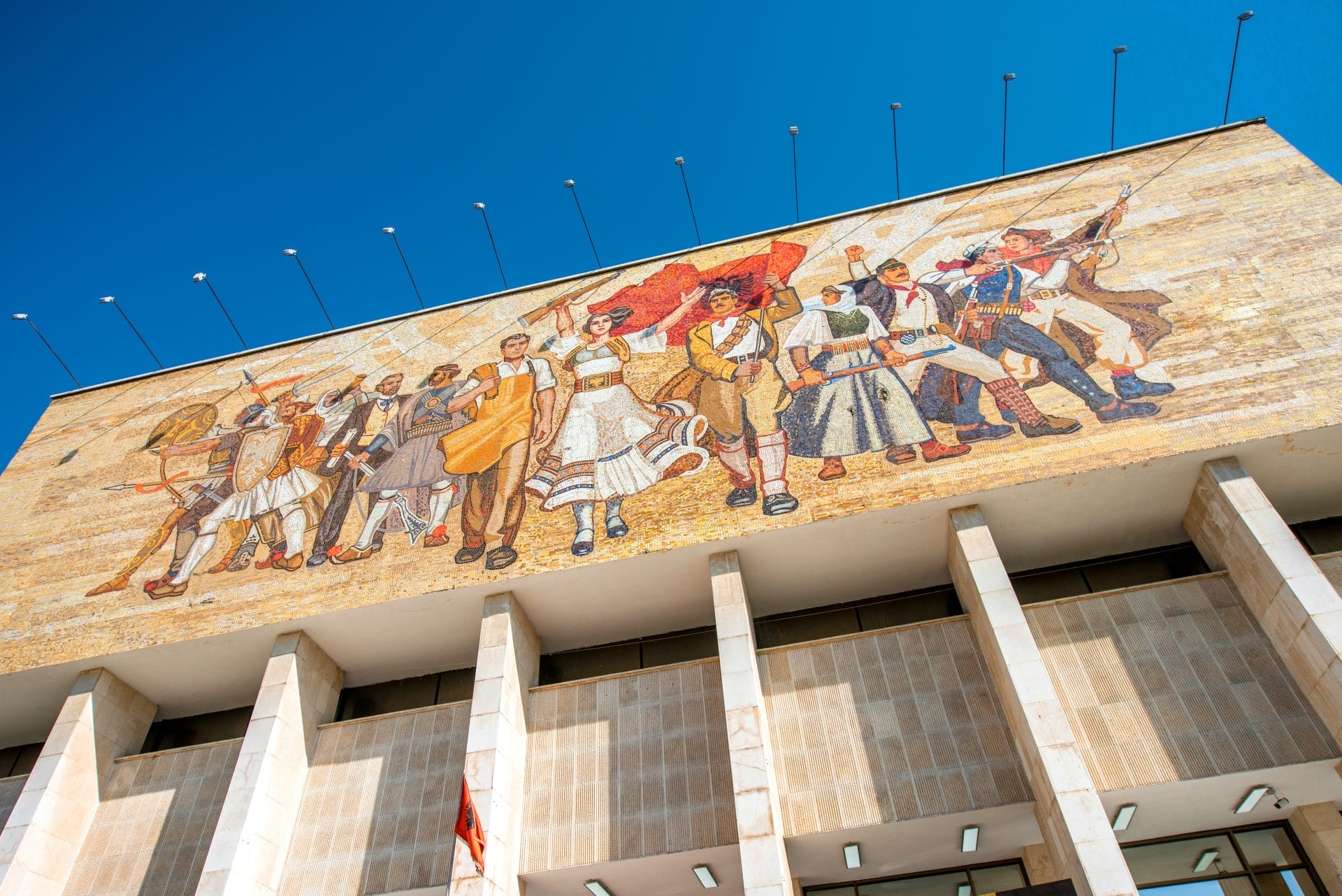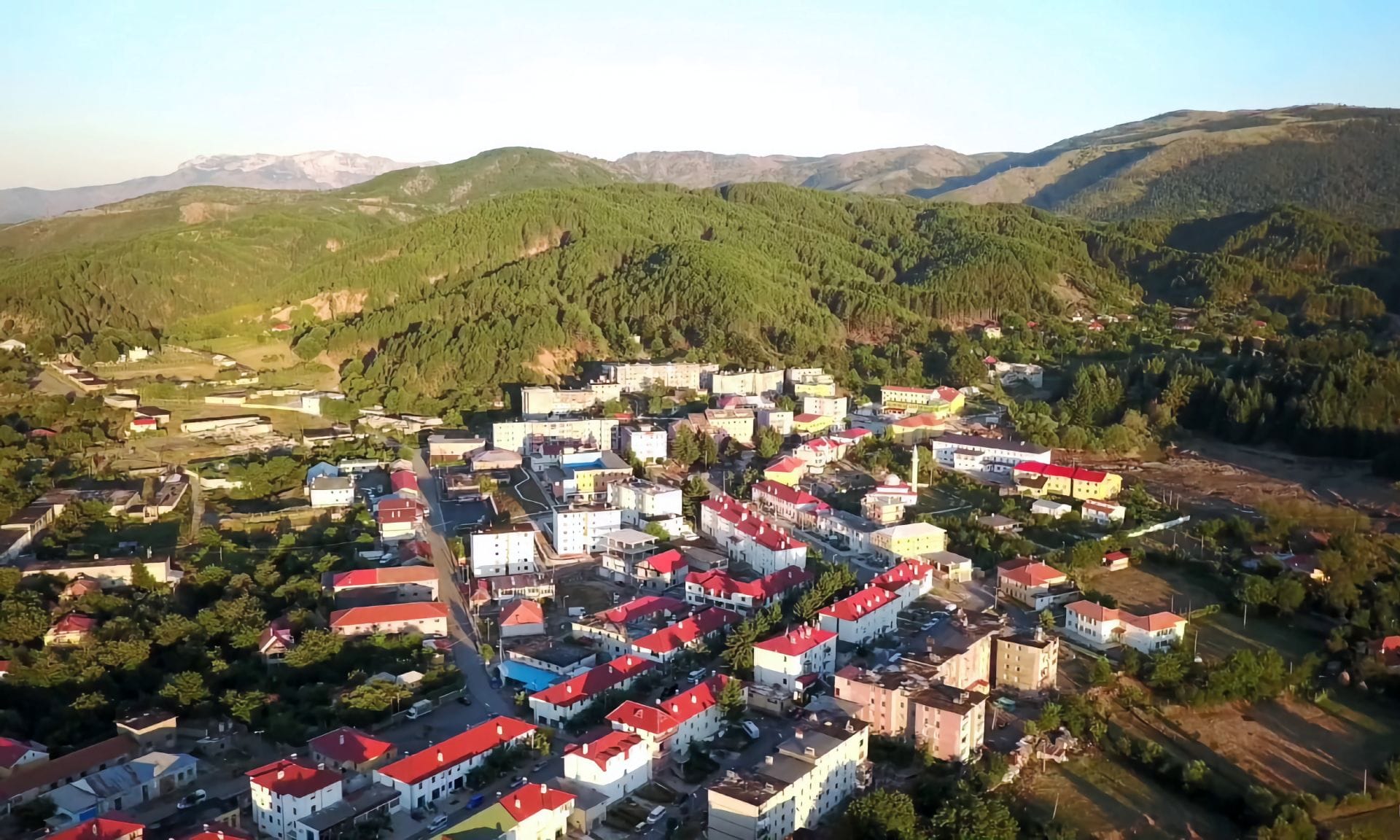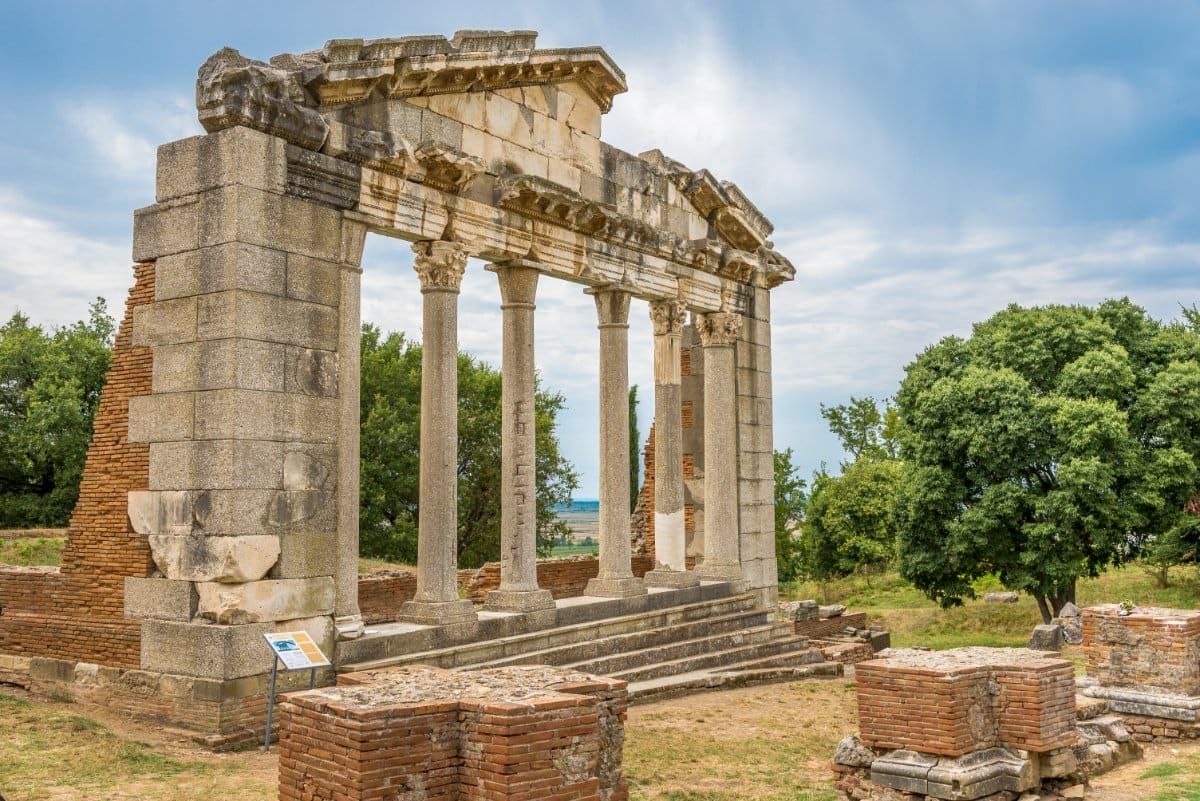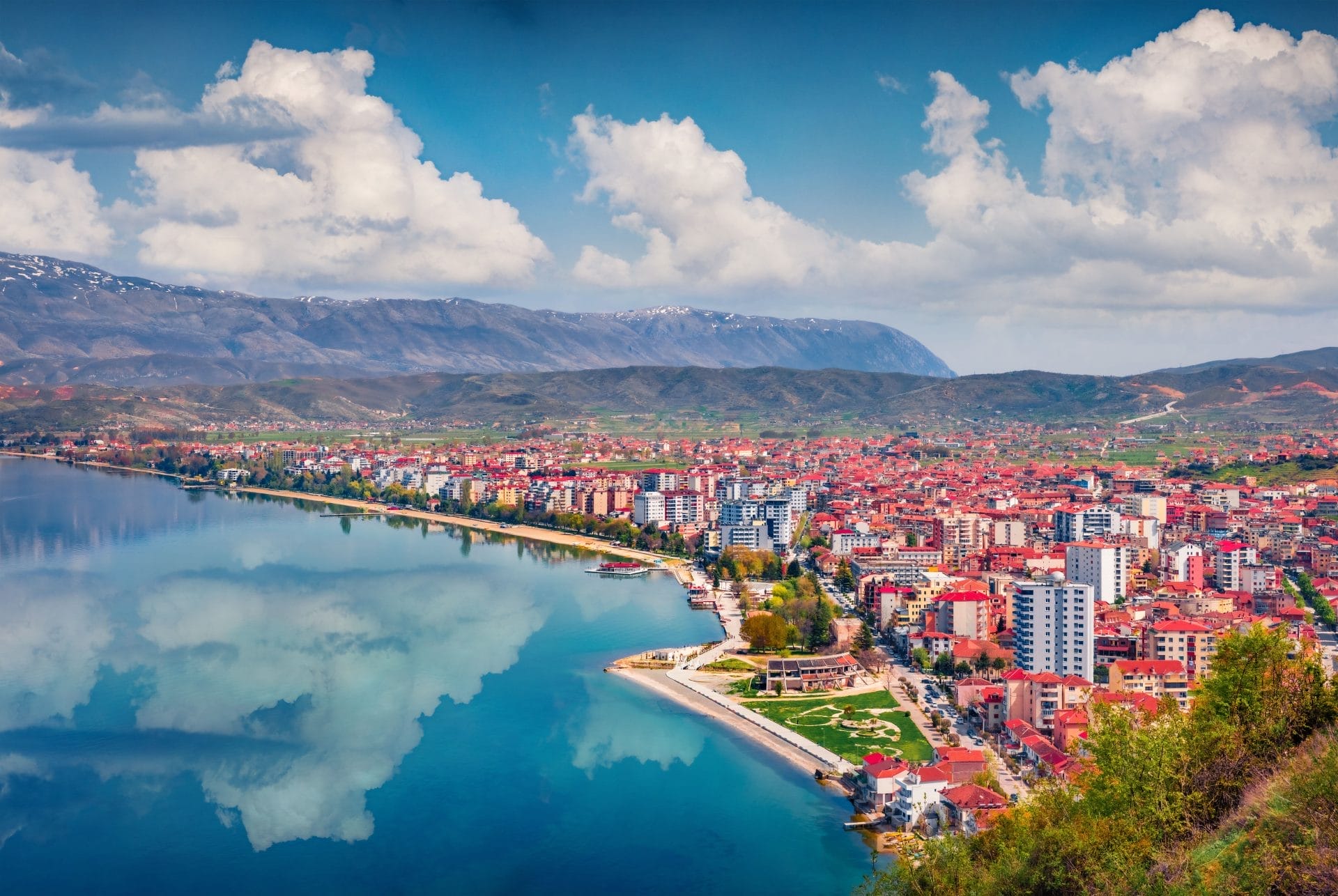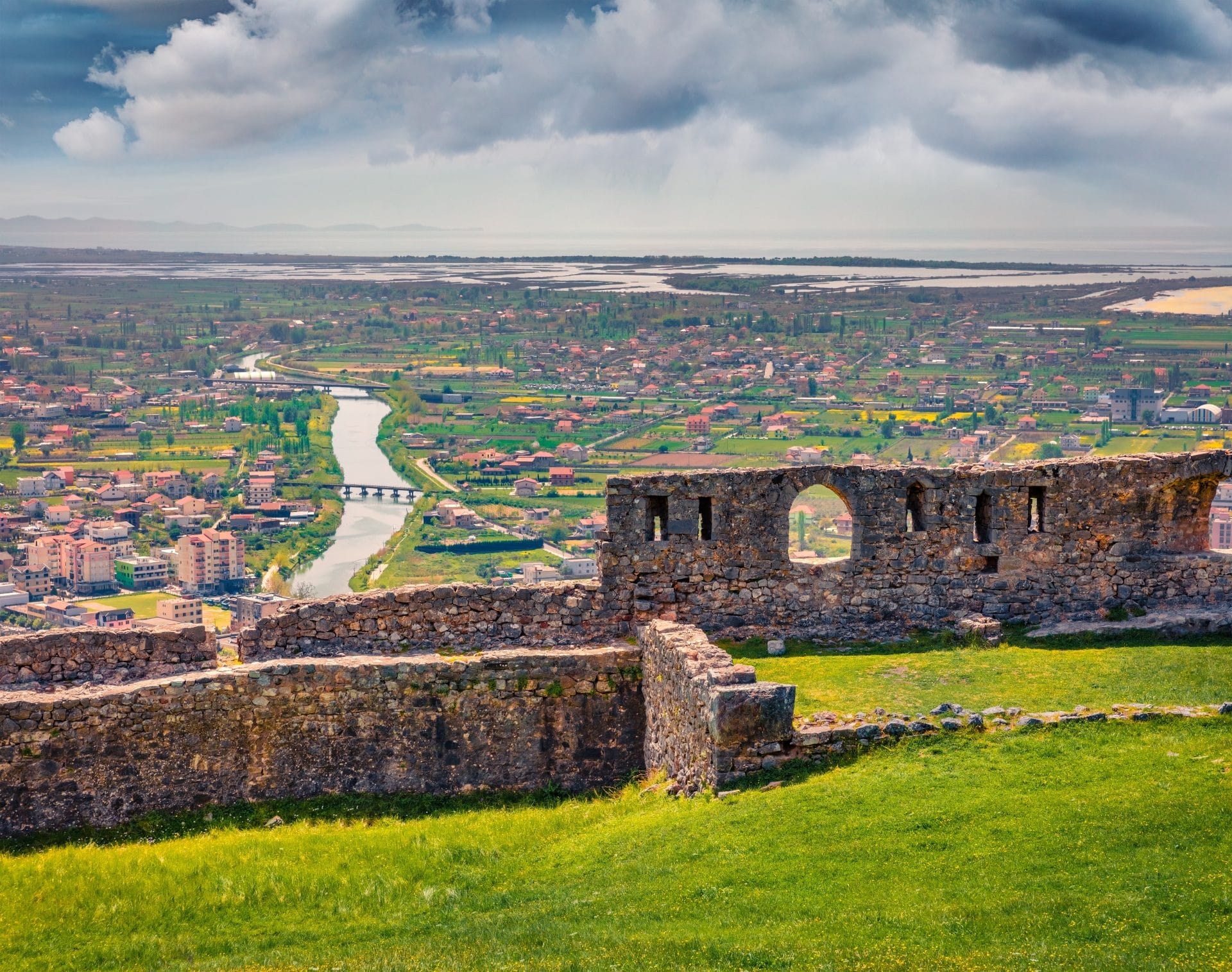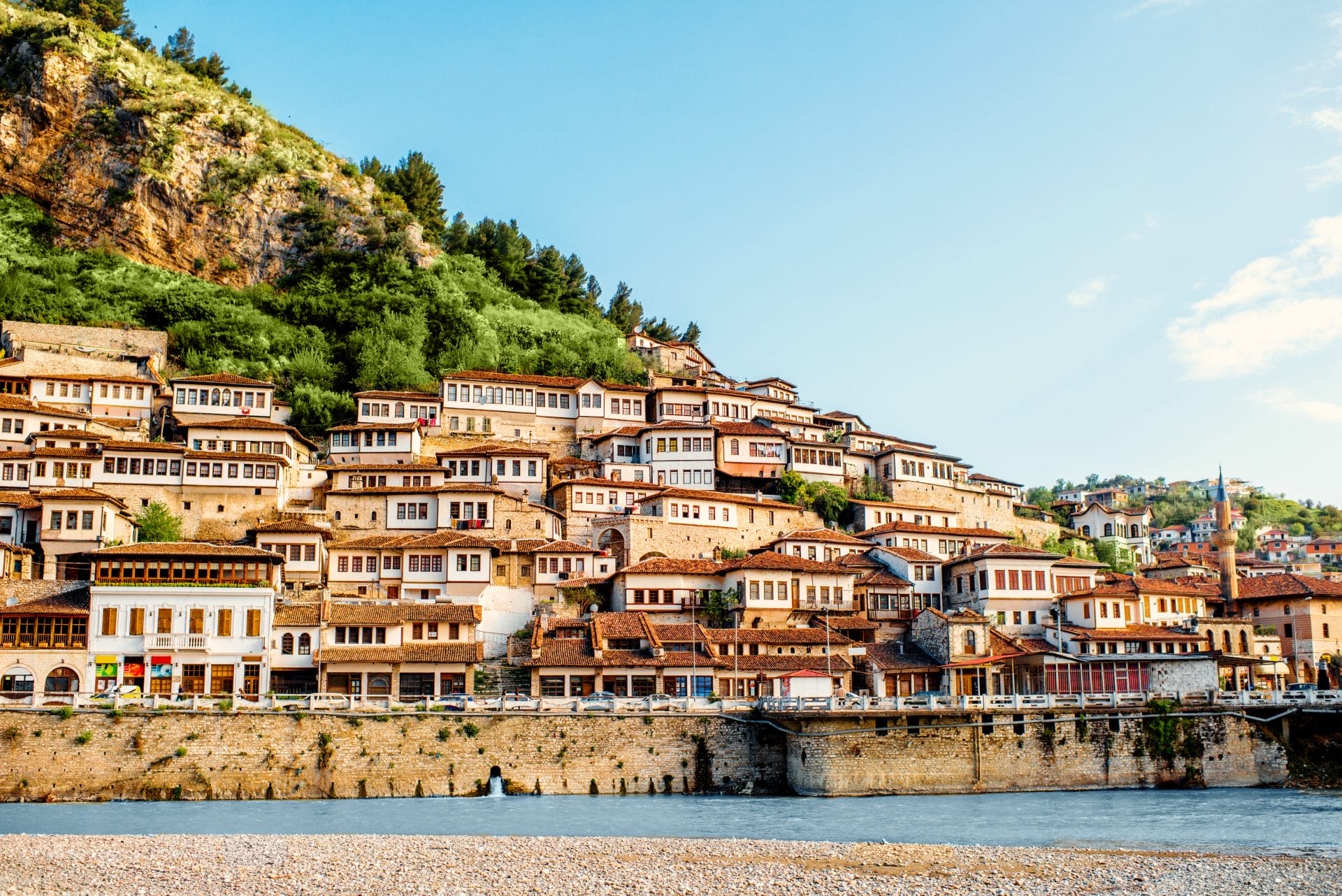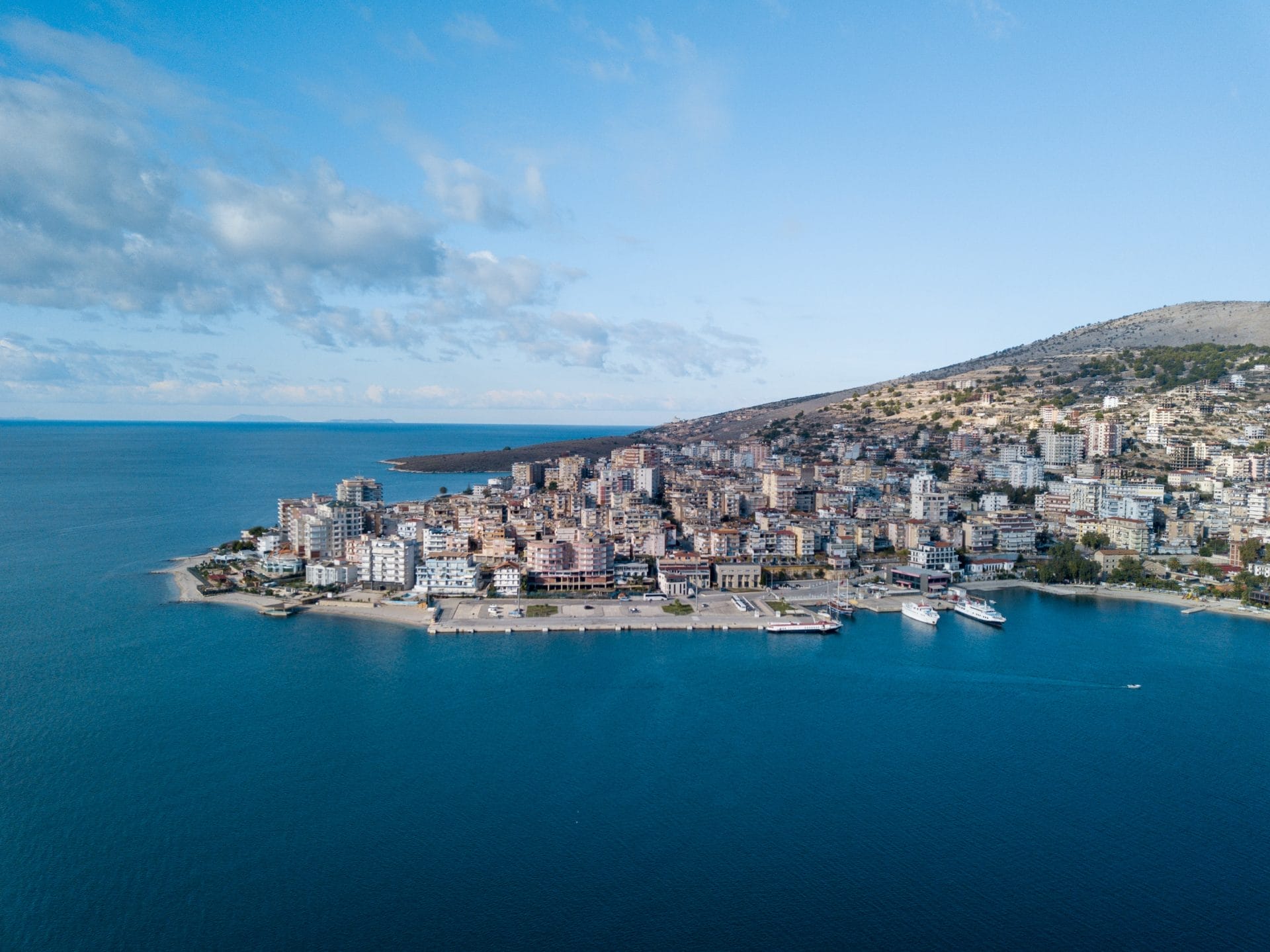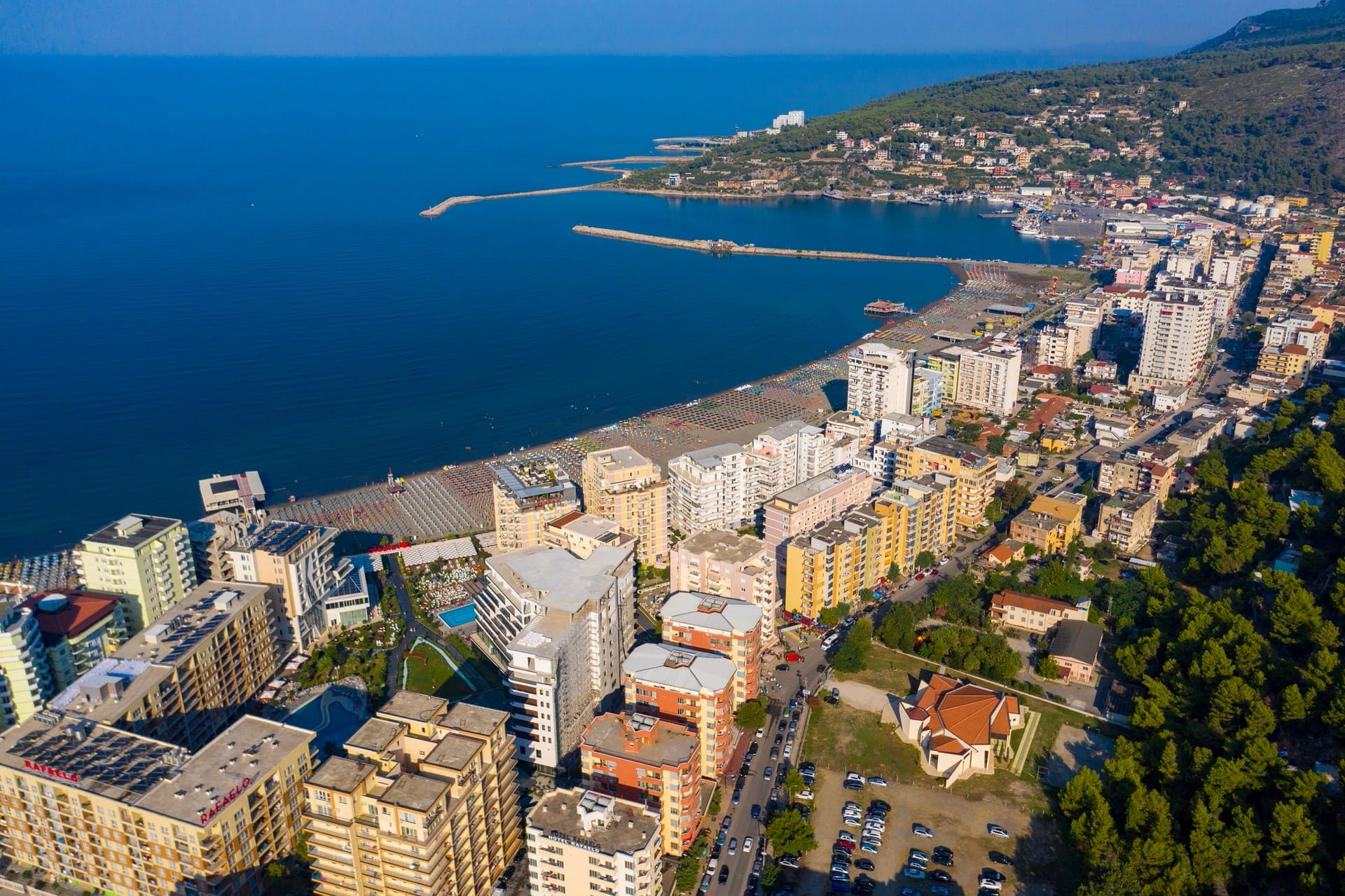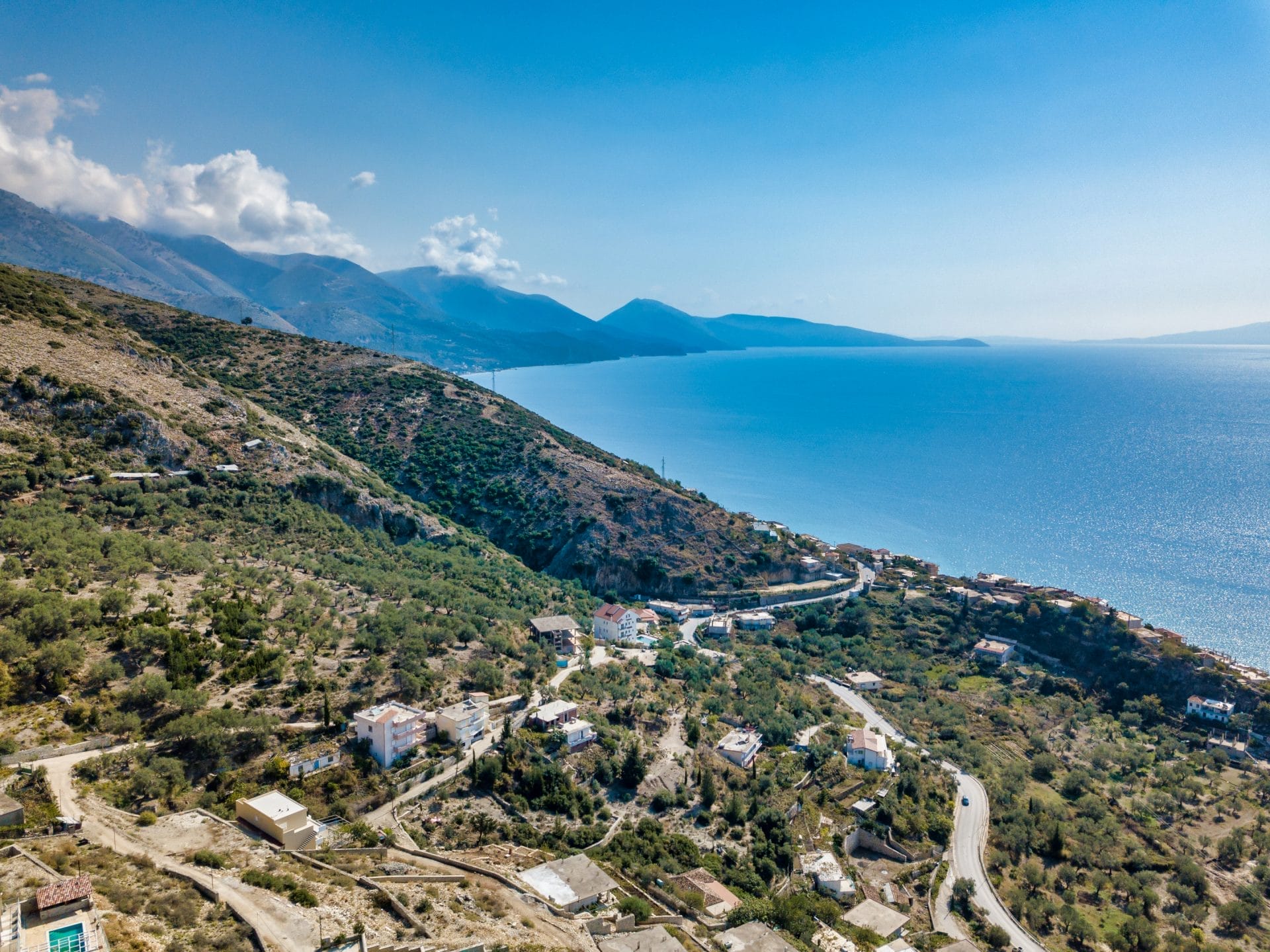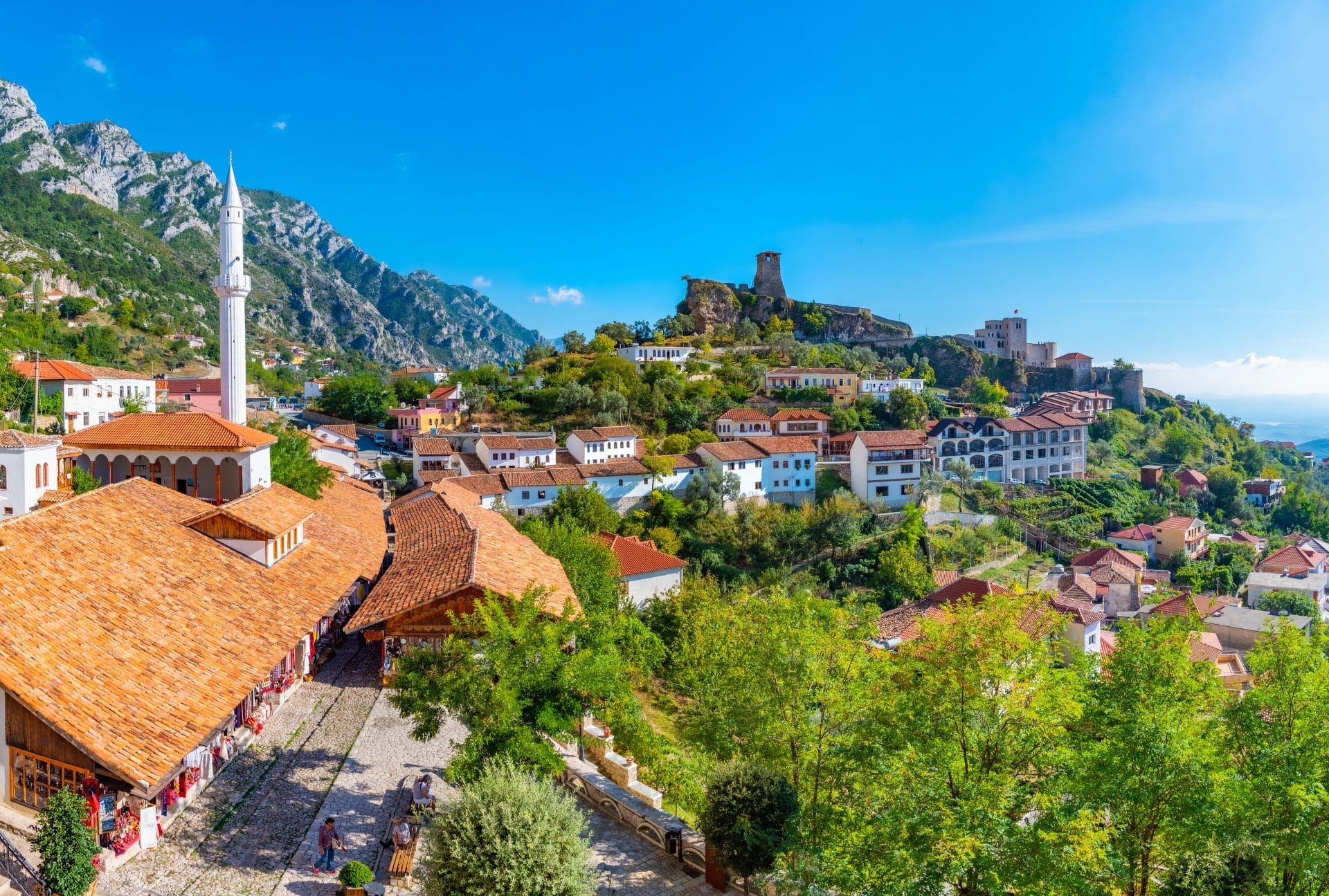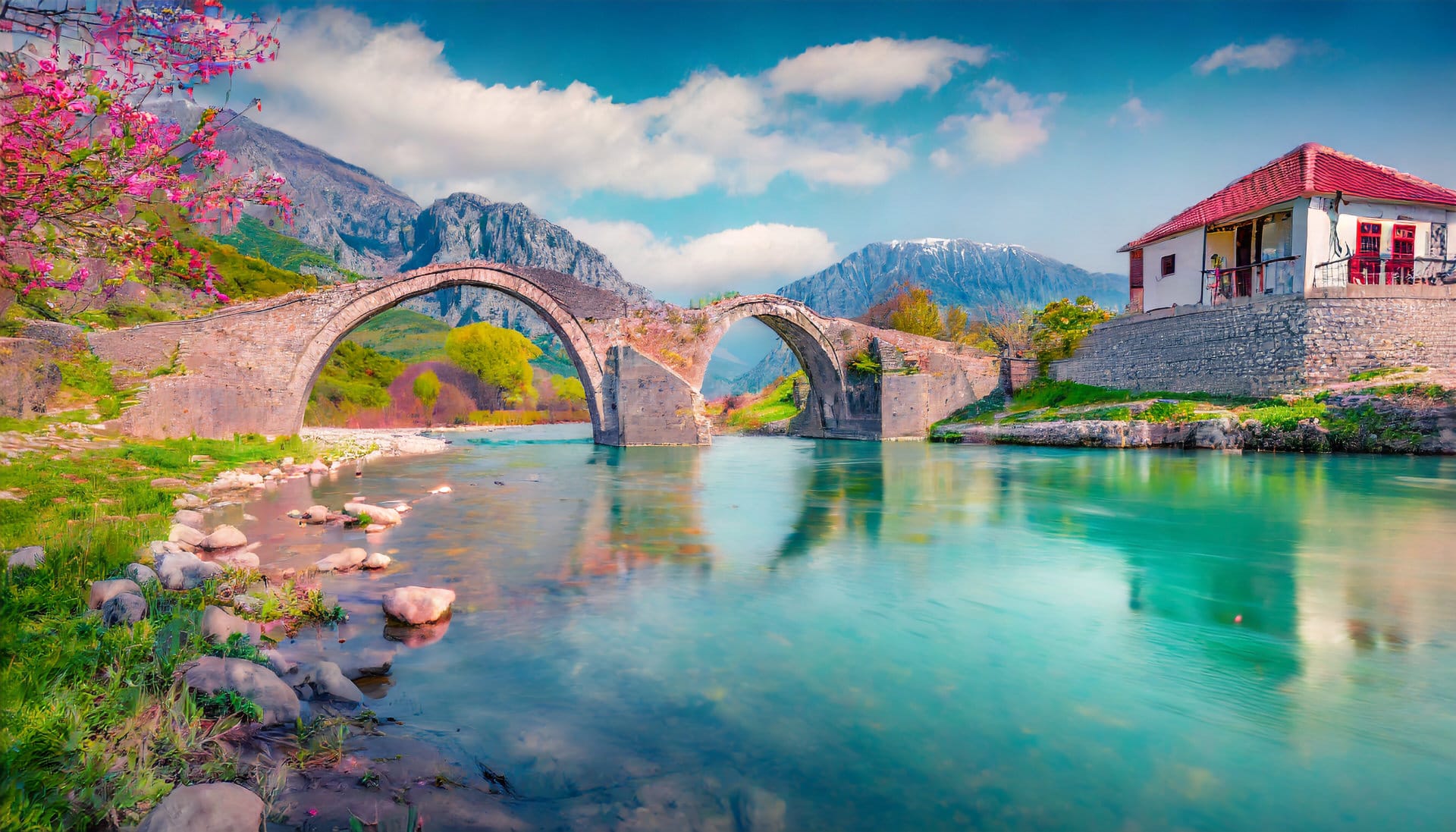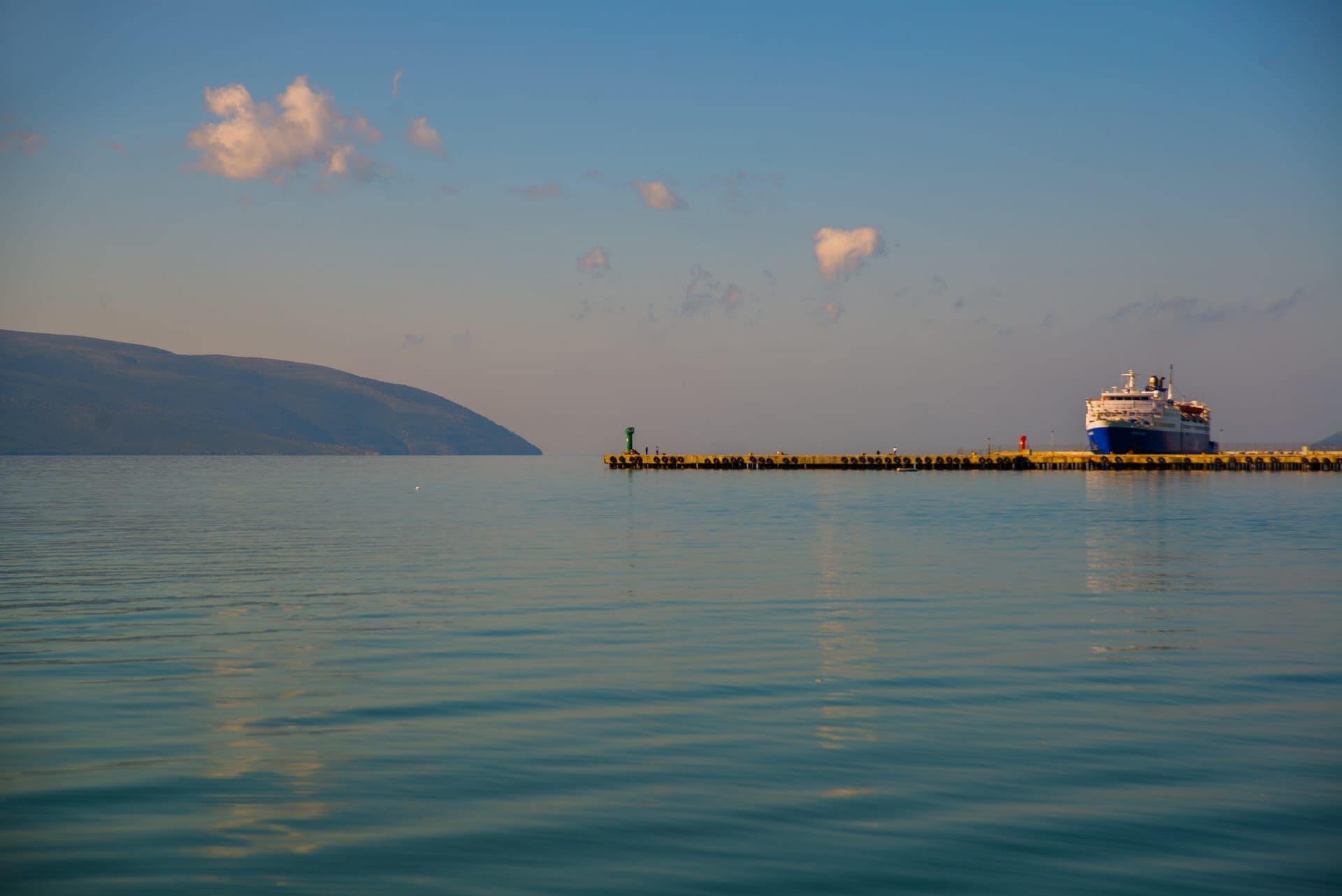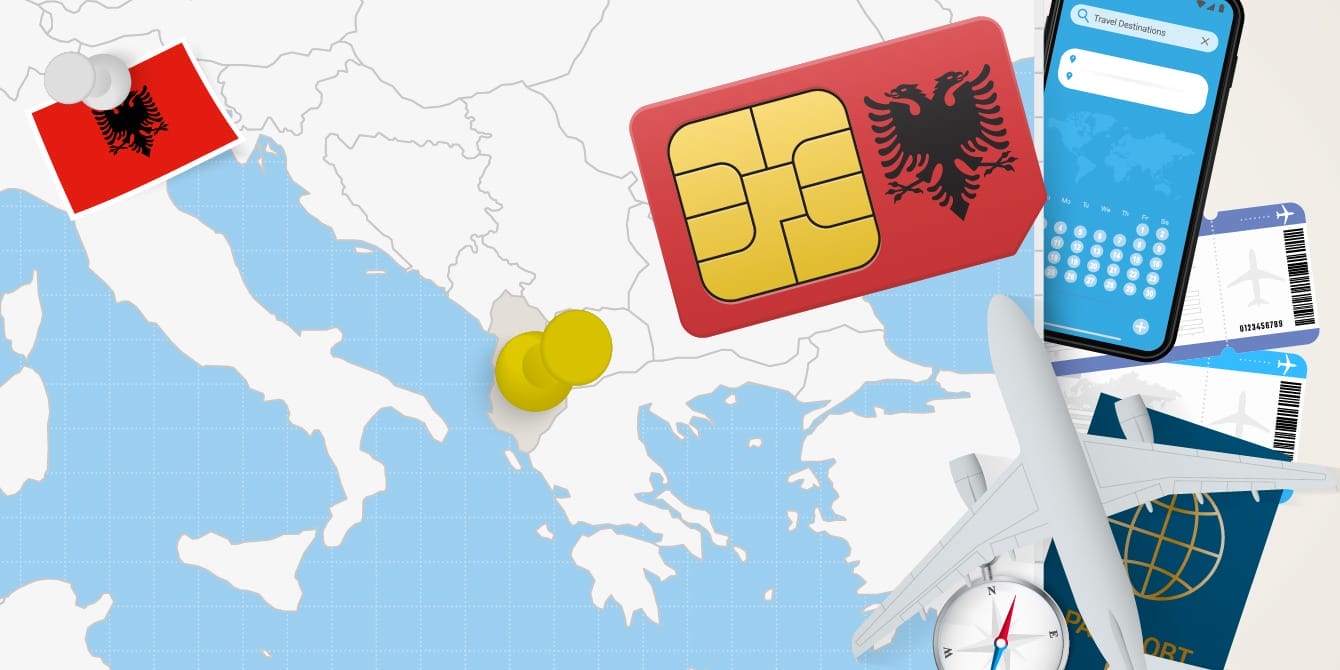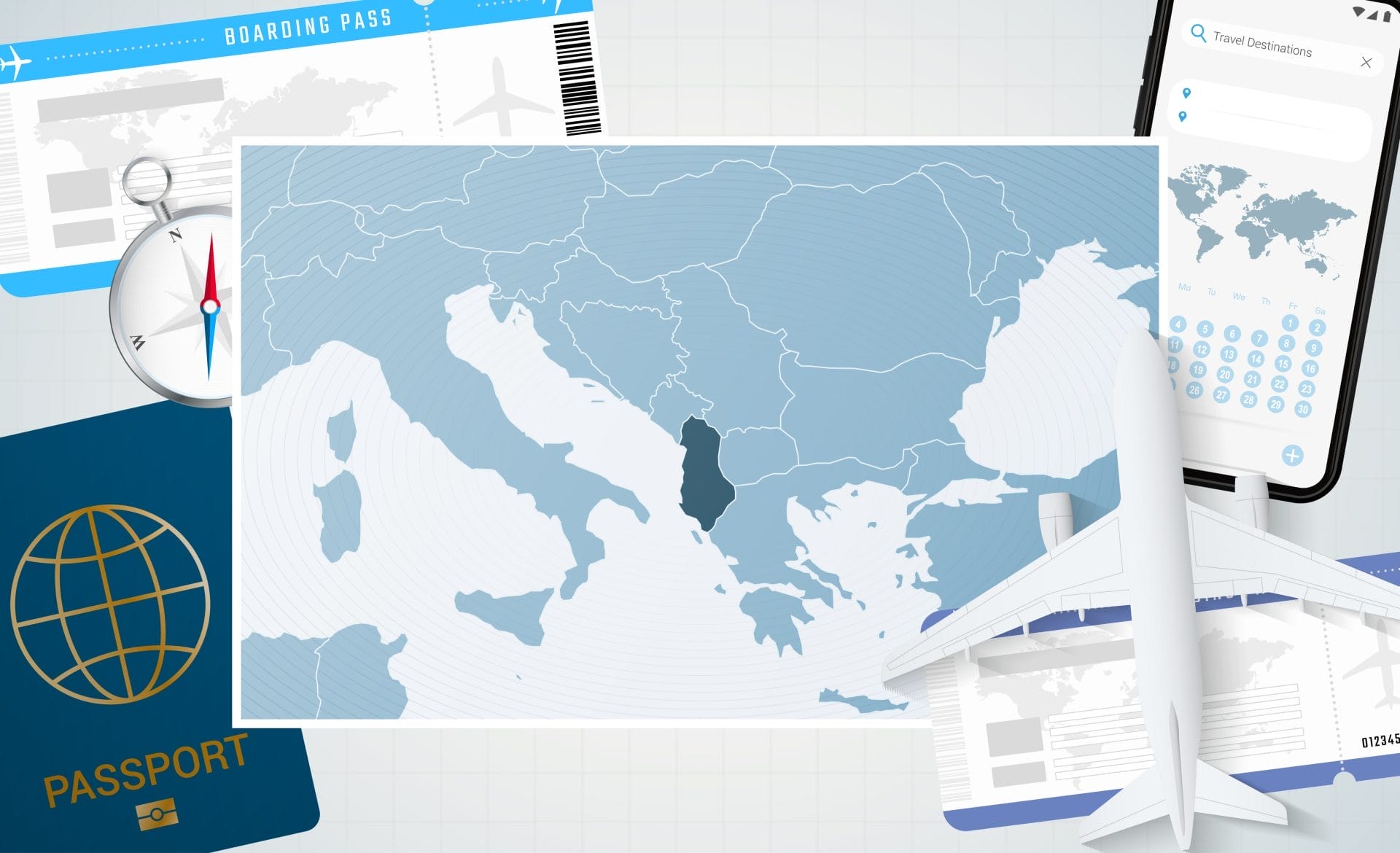
The Roman Conquest of Illyria
The tale of the Roman conquest of Illyria is not merely one of military campaigns but also the intertwining of two civilizations that would redefine the course of history in the Adriatic region. It’s a narrative that spans several centuries, from the aggressive expansion of the Roman Republic to the rise of the Byzantine Empire.
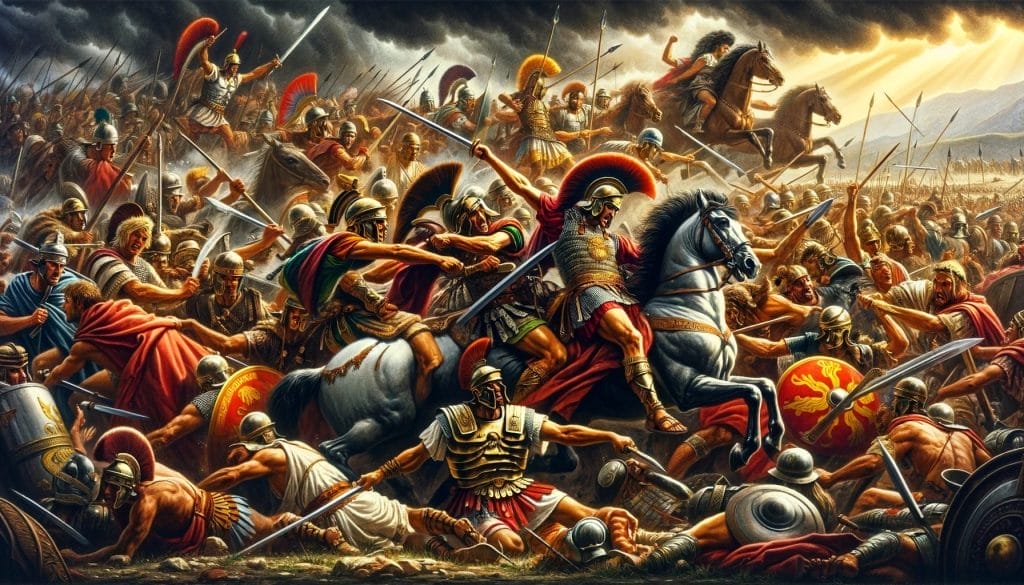
The Prelude to Conquest
The stage was set for the Roman incursion into Illyria during the late 3rd century BCE. Illyria was not a unified nation but a region of diverse tribes and chieftains known for their fierce independence and maritime prowess. The Illyrian kingdom, under Queen Teuta, became particularly powerful, and its pirates became a significant threat to Roman trade in the Adriatic Sea.
The Illyrian Wars
The Illyrian Wars, primarily fought during the 3rd and 2nd centuries BCE, were a series of military engagements between the Roman Republic and various Illyrian tribes. The First Illyrian War (229-228 BCE) was triggered by Illyrian piracy against Roman and Italian merchants. The Roman Senate, seeking to protect its economic interests, launched a military expedition, leading to a swift victory and establishing a Roman protectorate over parts of the Illyrian coast.
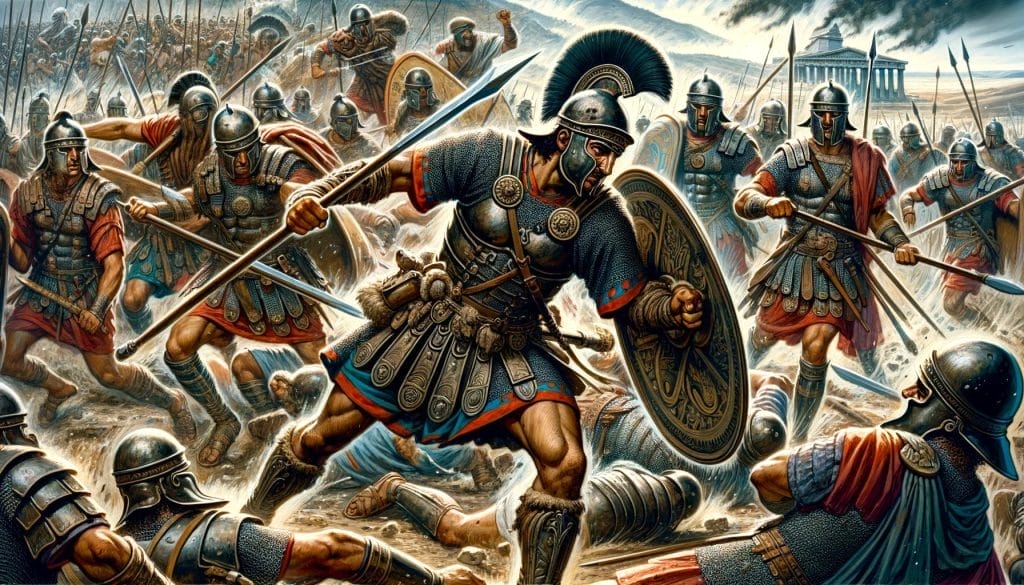
The Second Illyrian War (220-219 BCE) followed a similar pattern, with Rome dealing decisively with a resurgent Illyrian threat under Demetrius of Pharos. This conflict further solidified Roman influence over the region. The final confrontation, known as the Third Illyrian War (168 BCE), resulted in the complete subjugation of Illyria by the Romans after defeating King Gentius. This victory marked the end of Illyrian independence and the beginning of direct Roman rule.
Roman Administration and Integration
Upon the defeat of the Illyrians, Rome established the province of Illyricum. This administrative region stretched along the Adriatic coast from the Drilon River in modern-day Albania to Istria (modern-day Croatia) in the west and the Sava River (in Bosnia and Herzegovina) to the north. The Romans were astute administrators, and they quickly set about integrating Illyria into their empire. They built roads like the Via Egnatia, and cities like Dyrrachium (modern-day Durrës) thrived under Roman administration.
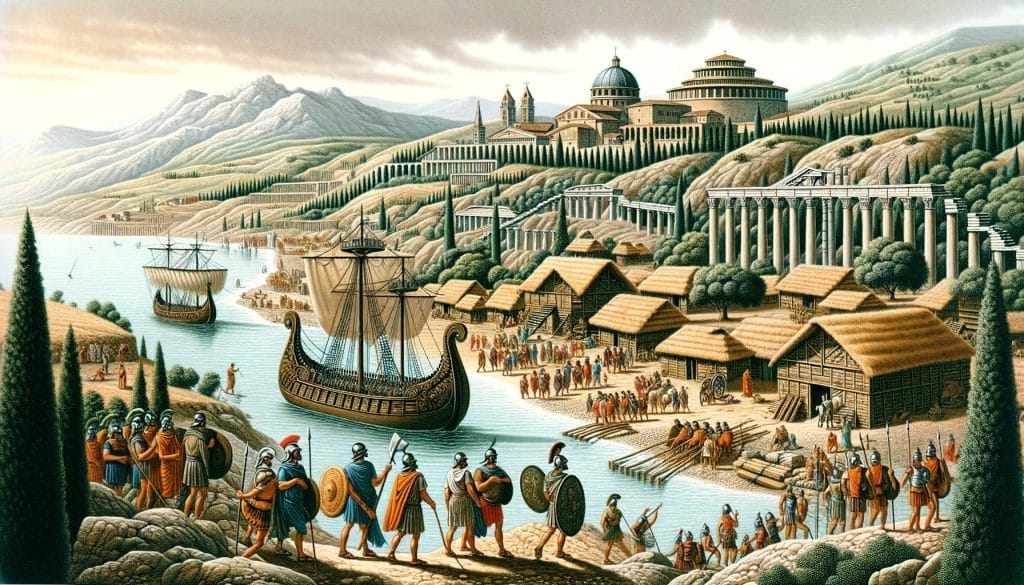
The Cultural Impact of Roman Rule
The Roman conquest led to widespread Romanization of the Illyrian territories. Latin became the lingua franca, and Roman law and governance were imposed. The Roman way of life, including architecture, religion, and social customs, deeply influenced local traditions. However, the Illyrians were not merely passive recipients of Roman culture. The syncretism of Illyrian deities with the Roman pantheon and the blending of local customs with Roman practices gave rise to a distinctive cultural milieu that would have a lasting impact on the region.
Economic and Social Development
The Roman period was marked by significant economic development. The introduction of Roman agricultural practices, the exploitation of mineral resources, and the rise of trade led to prosperity. The social structure also evolved, with a Romanized aristocracy emerging alongside a class of Roman citizens, while many Illyrians retained their status as peregrini (non-citizens) within the empire.
The Religious Transformation
Christianity’s spread during the Roman period had profound implications for Illyria. The new religion, introduced in the 3rd and 4th centuries AD, slowly supplanted the polytheistic Roman and syncretized Illyrian practices. This transformation was not immediate but marked the beginning of a significant religious shift that would define the region for centuries.
The Dawn of Byzantium
The late Roman period saw the empire split into East and West in 395 AD, with Illyria falling under the Eastern Roman Empire, later known as the Byzantine Empire. This marked a new chapter in the region’s history. The Byzantine period would bring further administration, culture, and religious changes. As the Western Roman Empire crumbled, the Byzantines maintained their hold over Illyria, signifying the resilience and strategic importance of the region.
Conclusion
The Roman conquest of Illyria was a complex process involving warfare, diplomacy, and cultural assimilation. It was not an end but a transformation that would shape the region’s destiny. The Illyrians, renowned for their seafaring and warrior traditions, became part of history’s greatest empires. Their legacy, fused with that of Rome, would endure through the Byzantine era and beyond, leaving an indelible mark on the history of Southeast Europe.
